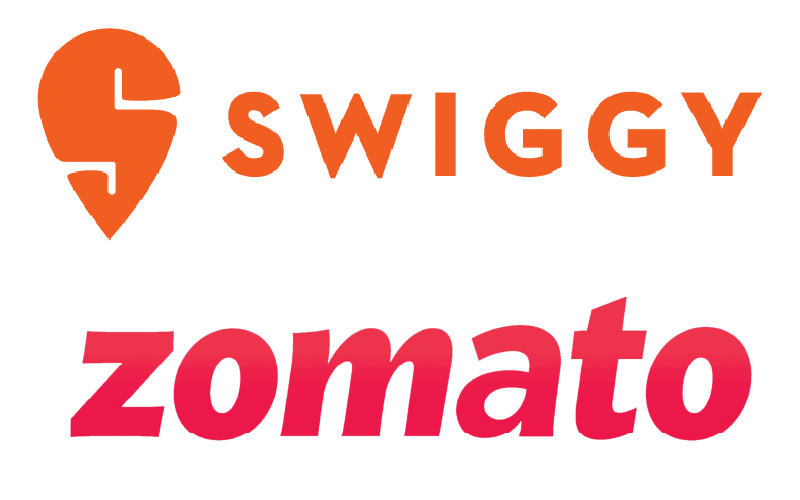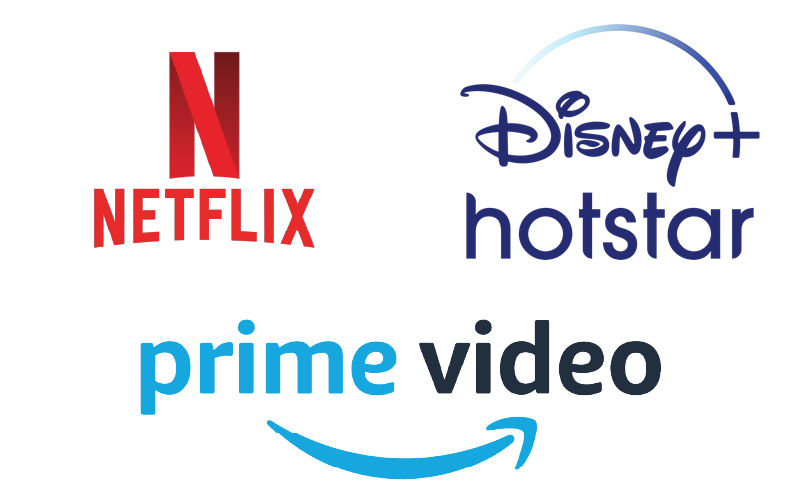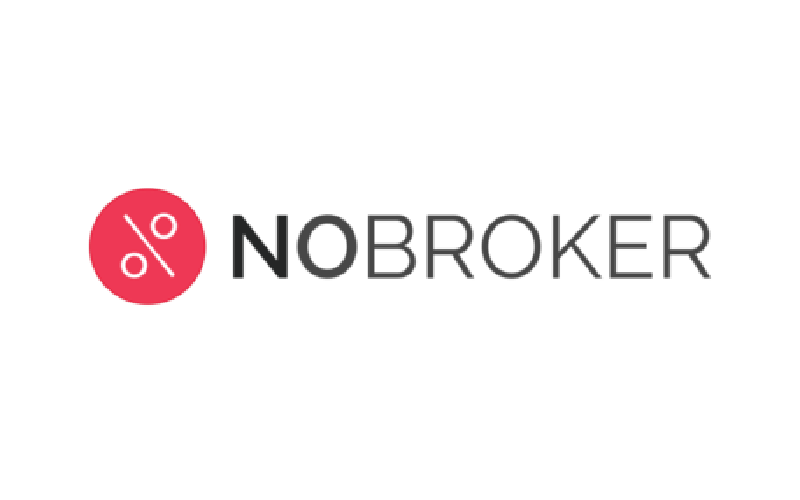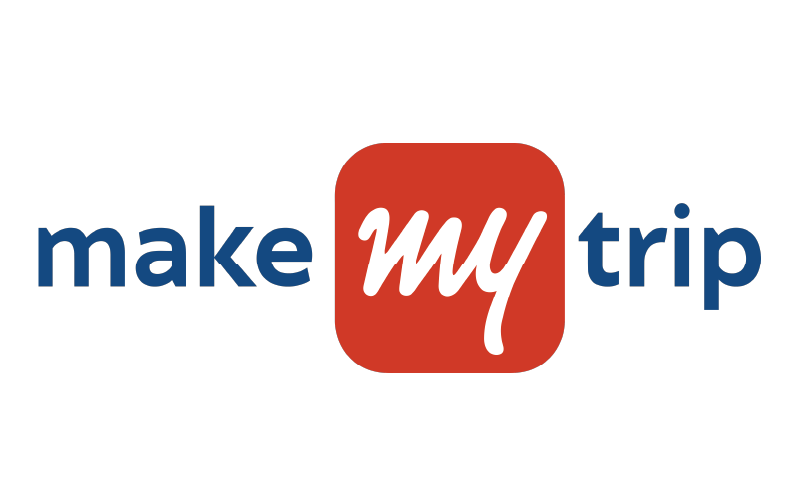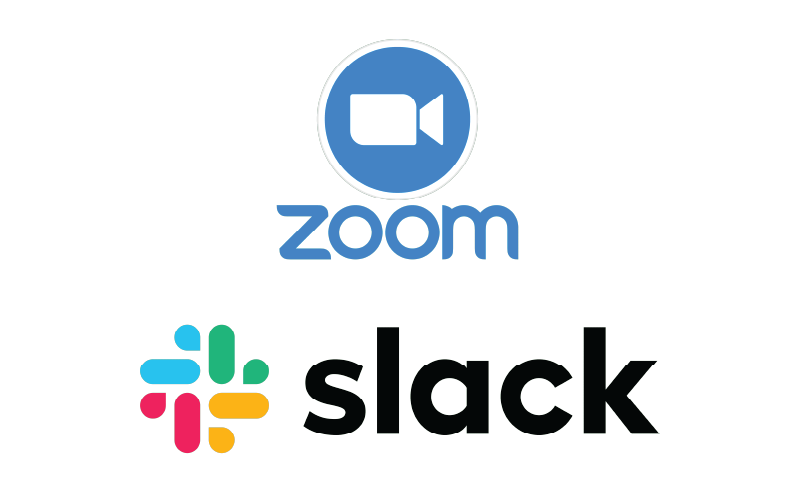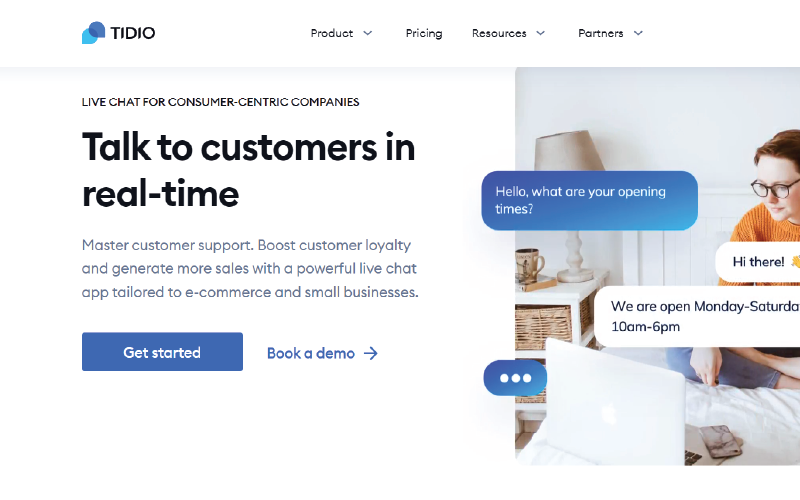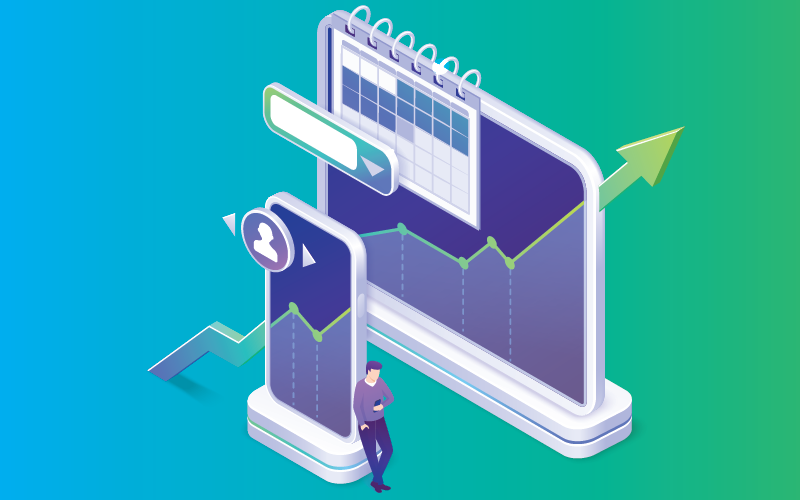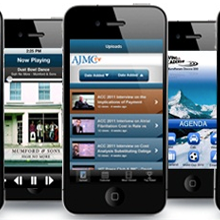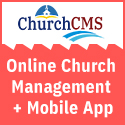Introduction: What is Digital Marketing?
In the vast landscape of modern business, digital marketing has emerged as a cornerstone for success. But what exactly is digital marketing? Digital marketing encompasses a broad spectrum of online strategies and tools aimed at promoting products and services. It leverages the power of digital channels to connect with a target audience, drive engagement, and ultimately, achieve business goals.
Digital Marketing vs. Online Marketing and Internet Marketing
Understanding the nuances of terminology is crucial. While digital marketing, online marketing, and internet marketing are often used interchangeably, they have subtle differences. Digital marketing encompasses all marketing efforts using digital channels, while online marketing specifically focuses on marketing activities on the Internet. Internet marketing, in essence, is a subset of digital marketing that concentrates on online efforts.
Digital Marketing vs. Traditional Marketing
Digital marketing stands in stark contrast to traditional marketing methods, such as print, television, radio, and direct mail. The shift towards digital marketing is driven by the dynamic nature of online platforms, offering businesses a more cost-effective, measurable, and targeted approach compared to traditional channels.
Areas of Digital Marketing
1) Content Marketing
Content marketing revolves around the creation and distribution of valuable content to attract and engage a target audience. Blogs, articles, videos, and infographics are popular mediums for delivering compelling content.
2) Social Media Marketing
Social media marketing harnesses the power of platforms like Facebook, Instagram, Twitter, and LinkedIn to connect with audiences, build brand awareness, and foster engagement.
3) Search Engine Optimization (SEO)
SEO is the practice of optimizing a website’s content and structure to rank higher in search engine results. The goal is to enhance visibility, increase organic traffic, and improve search engine rankings.
4) Search Engine Marketing (SEM)
SEM involves paid advertising to boost a website’s visibility in search engine results.Pay-per-click (PPC) campaigns are a common strategy within SEM.
5) Brand Management
Brand management in the digital realm focuses on maintaining a positive online brand image. This involves strategic communication, engagement with the audience, and swift response to potential reputation challenges.
6) Mobile Marketing
Mobile marketing targets users on smartphones and tablets. It encompasses strategies such as mobile apps, SMS marketing, and responsive website design to cater to the growing mobile audience.
7) Digital PR
Digital PR involves leveraging online channels to manage a brand’s reputation. This includes securing media coverage, building relationships with influencers, and engaging with journalists in the digital space.
8) Campaign Management
Campaign management refers to the end-to-end process of planning, executing, tracking, and analyzing marketing campaigns across various digital channels. It ensures that campaigns are aligned with business goals and optimized for success.
9) Web Analytics
Web analytics involves the measurement and analysis of web data. Understanding user behaviour, optimizing website performance, and refining digital marketing strategies are central to the role of web analytics.
10) Competitor Tracking
Monitoring and analyzing competitors’ digital marketing strategies provide valuable insights for adjusting and enhancing your own approach. Competitor tracking allows businesses to stay ahead in the ever-evolving digital landscape.
The Role of Digital Marketing Today
In the contemporary business landscape, the role of digital marketing is transformative. It is not just a supplementary strategy; it’s a fundamental component of success. Digital marketing offers businesses the ability to reach a global audience, build brand authority, and drive conversions in a targeted and measurable manner.
When is Digital Marketing Day Celebrated?
Digital Marketing Day is celebrated annually on December 16th. This day serves as a global acknowledgement of the impact and significance of digital marketing in shaping businesses and economies worldwide. It provides a platform for industry professionals to share insights, innovations, and best practices.
The Digital Pulse: Thriving Industries in the Era of Digital Marketing
In the rapidly evolving landscape of business and technology, digital marketing has become an indispensable tool for companies aiming to reach and engage their target audience. From small startups to large enterprises, businesses across various industries are harnessing the power of digital marketing to amplify their presence and boost their bottom line. In this blog post, we will explore the diverse sectors where digital marketing plays a crucial role in driving success.
1) Food: A Feast for the Digital World
In the food industry, the digital realm serves as a dynamic platform for showcasing culinary delights. From local eateries to global restaurant chains, digital marketing strategies such as social media promotions, influencer collaborations, and online reviews play a pivotal role in attracting food enthusiasts. Engaging visuals and mouth-watering content shared across digital channels can create a buzz, drive foot traffic, and elevate the overall brand image.
2) Health: Nurturing Well-being through Digital Channels
Health: Medplus, Pharm Easy
The health industry has embraced digital marketing to disseminate vital information, promote healthcare services, and connect with a broader audience. From medical practices to wellness centres, targeted online campaigns help raise awareness about health issues, showcase expertise, and build trust with potential patients. Content marketing, search engine optimization (SEO), and social media campaigns contribute to a healthier online presence for healthcare providers.
3) Education: Transforming Learning Journeys Digitally
In the realm of education, digital marketing has revolutionized the way institutions reach prospective students. Universities, online courses, and educational platforms leverage digital strategies to enhance visibility, attract enrollments, and establish thought leadership. Through compelling content, social media engagement, and strategic advertising, educational institutions can effectively communicate their unique value propositions to a global audience.
4) Manufacturing: From Factories to Digital Storefronts
Digital marketing has found its way into the manufacturing sector, transforming traditional business models. Manufacturers use online channels to showcase products, connect with distributors, and engage directly with end consumers. Through effective SEO, content marketing, and online advertising, manufacturers can optimize their digital storefronts, reaching a broader audience and staying competitive in the ever-evolving market.
5) Entertainment:
Entertainment: Netflix, Hotstar, Prime Video
In the entertainment industry, digital marketing is a powerhouse for promoting movies, music, gaming, and events. Social media platforms, influencer collaborations, and targeted advertising campaigns create a buzz around upcoming releases, boosting audience anticipation. From teaser trailers to exclusive behind-the-scenes content, the digital landscape provides an immersive experience for fans, contributing to the success of entertainment ventures.
6) Real Estate: Building Dreams Digitally
Real Estate: No broker
The real estate sector benefits significantly from digital marketing, enabling property developers and agents to showcase listings to a vast audience. Virtual tours, social media promotions, and targeted advertising campaigns help create a compelling narrative around properties. Digital platforms facilitate direct engagement with potential buyers, streamlining the property search and purchasing process.
7) Law: Legal Counsel in the Digital Age
Law: Live Law
Even the legal industry has recognized the importance of digital marketing in establishing a robust online presence. Law firms utilize digital strategies to showcase expertise, build trust, and attract clients. Informative blog posts, social media engagement, and targeted advertising help legal professionals connect with individuals seeking legal counsel, enhancing visibility in a competitive landscape.
8) Tourism: Journeying Through Digital Destinations
Tourism: Make My Trip
The tourism industry relies heavily on digital marketing to inspire travel and drive bookings. Destination marketing, influencer collaborations, and user-generated content create a virtual travel experience for potential tourists. Through strategic online campaigns, travel agencies, hotels, and tourist destinations can effectively tap into the wanderlust of their target audience, boosting tourism and revenue.
9) SaaS: Software Solutions in the Digital Spotlight
In the Software as a Service (SaaS) industry, digital marketing is instrumental in showcasing the benefits and features of innovative software solutions. From targeted email campaigns to online demos, SaaS providers leverage digital channels to reach businesses seeking efficient software solutions. Thought leadership content and strategic SEO enhance visibility, positioning SaaS companies as industry leaders.
10) E-commerce: The Digital Marketplace
E-commerce thrives on digital marketing, with online retailers relying on various strategies to drive traffic and conversions. Social media advertising, search engine optimization, and email marketing campaigns contribute to the success of e-commerce platforms. The ability to target specific demographics and personalize marketing efforts enhances the overall shopping experience for consumers, fostering brand loyalty.
Mastering the Digital Domain: 7 Examples of Successful Digital Marketing Strategies
In the ever-evolving landscape of digital marketing, certain brands have not just embraced the challenges but have excelled in leveraging the power of online platforms. This blog post dives into seven exemplary cases that showcase how these companies have implemented successful digital marketing strategies, setting benchmarks for others in the digital realm.
1) Airbnb: Harnessing the Power of User-Generated Content
Airbnb, a pioneer in the sharing economy, has mastered the art of user-generated content (UGC). By encouraging users to share their experiences and post reviews, Airbnb has created a community-driven platform. This strategy not only builds trust among potential users but also serves as a dynamic marketing tool. The real, authentic stories shared by users become a powerful advertisement, influencing others to choose Airbnb for their accommodation needs.
2) Tidio: The Art of Well-Optimized Landing Pages
Tidio, a live chat software provider, excels in the realm of well-optimized landing pages. Their website is a testament to simplicity and clarity, ensuring visitors quickly understand the product’s value. With a clean design, compelling copy, and strategically placed calls-to-action (CTAs), Tidio’s landing pages effectively guide visitors through the conversion funnel. This commitment to optimization contributes to higher conversion rates and improved user experience.
3) IKEA: Smart International Marketing on a Global Scale
IKEA, the Swedish furniture giant, has achieved global success through its smart international marketing strategy. Recognizing the importance of adapting to local cultures and preferences, IKEA tailors its marketing campaigns to resonate with diverse audiences worldwide. By combining a global brand image with localized marketing efforts, IKEA successfully establishes a connection with consumers across different countries, creating a consistent yet culturally relevant brand experience.
4) SEMrush: Creativity Unleashed in Online Ads
SEMrush, a digital marketing toolkit, stands out for its creative online advertising strategies. Instead of traditional, text-heavy ads, SEMrush utilizes visually appealing graphics and engaging content to capture the audience’s attention. By blending creativity with informative messaging, SEMrush not only promotes its product but also educates users on the benefits of their toolkit. This approach contributes to a higher click-through rate and fosters a positive brand perception.
5) Starbucks: Brewing Success with a Lucrative Loyalty Program
Starbucks has transformed the coffee industry by introducing a highly successful loyalty program. Through the Starbucks Rewards program, customers are incentivized to make repeat purchases by earning points for every transaction. This not only encourages brand loyalty but also provides valuable data for personalized marketing efforts. Starbucks leverages this data to send targeted promotions and offers, creating a win-win scenario for both the company and its loyal customers.
6) Function of Beauty: Personalized Product Offers in Beauty Industry
Function of Beauty, a disruptor in the beauty industry, excels in offering personalized product recommendations. By allowing customers to customize their beauty products based on individual preferences, Function of Beauty taps into the growing demand for personalized experiences. This not only differentiates the brand in a crowded market but also creates a strong emotional connection with consumers who feel their unique needs are being addressed.
7) HubSpot: Empowering Users Through a Learning Hub
HubSpot, a leading inbound marketing platform, goes beyond just providing a product; it empowers users through its Learning Hub. By offering a wealth of educational content, including blog posts, webinars, and courses, HubSpot positions itself as a thought leader in the marketing space. This content marketing strategy not only attracts potential customers but also builds trust by demonstrating the brand’s expertise and commitment to user success.
Navigating Success: Unlocking 25 Core Digital Marketing Metrics and KPIs
In the dynamic realm of digital marketing, data is the compass that guides strategic decisions. To gauge the effectiveness of your efforts and optimize your online presence, it’s essential to monitor key performance indicators (KPIs) and metrics. In this blog post, we’ll delve into Goal #1: Website Traffic, exploring five core metrics that provide valuable insights into the performance of your digital marketing initiatives.
Goal #1: Website Traffic
Website traffic serves as a foundational metric, reflecting the overall health and visibility of your online presence. Tracking the following metrics not only allows you to assess the number of visitors but also provides valuable information about their behaviour and the sources driving them to your site.
1. Number of Visitors/Users
The most fundamental metric for website traffic is the total number of visitors or users. This metric provides a bird’s-eye view of your website’s reach. By monitoring this number over time, you can identify trends, assess the impact of marketing campaigns, and measure the overall growth of your online audience.
2. Top Traffic Source
Understanding where your website traffic comes from is crucial for refining your digital marketing strategy. Whether it’s organic search, direct visits, social media, or referral links, identifying the top traffic sources enables you to allocate resources effectively. For instance, if a significant portion of your traffic comes from social media, it might indicate the need for more targeted social media campaigns.
3. Users by Traffic Source
Delving deeper into traffic sources, analyzing the number of users by each source provides a granular perspective. This metric helps you identify which channels are the most effective in driving user engagement. For example, if your blog posts consistently attract users from organic searches, it signals the importance of investing in SEO strategies.
4. Average Engagement Time
Beyond mere visits, the average engagement time measures how much time users spend on your website. A longer average engagement time suggests that visitors find your content valuable and are actively exploring your site. Monitoring this metric can guide content optimization efforts, helping you create more engaging and relevant material for your audience.
5. New Users per Page
Not all pages on your website may perform equally. Tracking the number of new users on specific pages provides insights into the effectiveness of individual pieces of content. If certain pages consistently attract new users, it indicates high-performing content that can be leveraged for further promotion or used as a template for creating new engaging content.


